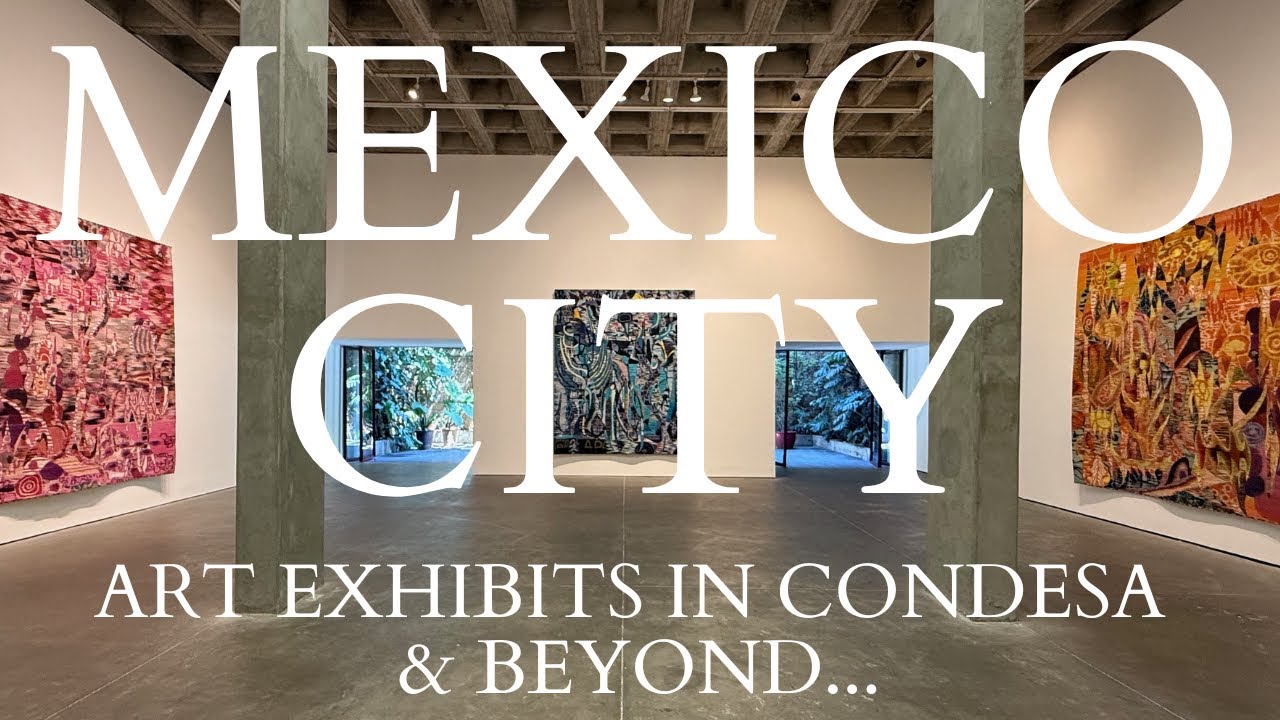Introduction: A Tale of Two Architectural Styles in Roma Norte and Condesa
Mexico City, known for its vibrant culture, eclectic architecture, and historic charm, is home to several distinctive neighborhoods. Among these, Roma Norte and Condesa stand out for their unique blend of historical and contemporary architectural styles. In this comprehensive guide, we will be comparing colonial vs. modern units in Roma Norte and Condesa, exploring the distinct features, advantages, disadvantages, and lifestyle implications associated with each architectural approach.
Historical Background of Roma Norte and Condesa
Before comparing colonial vs. modern units in Roma Norte and Condesa, it is essential to understand the historical context that shaped these neighborhoods.
Roma Norte: A Heritage of Elegance and Tradition
Established in the late 19th and early 20th centuries, Roma Norte emerged as a prominent residential area for Mexico City’s affluent families. Influenced by European architectural styles, especially French and Spanish colonial aesthetics, Roma Norte became synonymous with elegance, sophistication, and cultural refinement. Many of the neighborhood’s colonial-era buildings feature ornate facades, high ceilings, intricate moldings, and spacious courtyards, capturing the essence of Mexico’s golden era.
Condesa: Art Deco Charm Meets Bohemian Spirit
In contrast, Condesa, developed slightly later in the 1920s and 1930s, embraced the fashionable Art Deco and Art Nouveau styles popular in that era. Condesa quickly became known for its artistic community, tree-lined streets, lush parks, and vibrant nightlife. While Condesa also features colonial influences, it is particularly renowned for its streamlined Art Deco apartments, characterized by geometric shapes, rounded balconies, and stylish details that set it apart from other neighborhoods.
Comparing Colonial vs. Modern Units in Roma Norte and Condesa: Architectural Features
When comparing colonial vs. modern units in Roma Norte and Condesa, architectural features play a critical role in defining each style’s appeal and functionality.
Colonial Units: Timeless Elegance and Character
Colonial-style units in Roma Norte and Condesa typically include:
- High ceilings that create a sense of spaciousness and grandeur.
- Ornate moldings and detailed craftsmanship in doors, windows, and ceilings.
- Interior courtyards and patios providing natural ventilation, light, and tranquility.
- Thick walls made from traditional materials, providing excellent insulation against heat and noise.
- Wooden floors and antique tilework that add warmth and authenticity.
These architectural features make colonial units highly sought after by those looking for charm, history, and a unique living experience. However, older structures may require more maintenance and renovations to meet modern comfort standards.
Modern Units: Functionality, Efficiency, and Contemporary Style
In contrast, modern units in Roma Norte and Condesa typically showcase the following attributes:
- Minimalist and sleek design with clean lines and open spaces.
- Large windows and glass walls maximizing natural light and city views.
- Energy-efficient systems, including modern insulation, solar panels, and smart-home technology.
- Contemporary amenities such as elevators, parking spaces, rooftop terraces, and fitness centers.
- Materials such as steel, glass, and concrete, providing durability and ease of maintenance.
While modern units offer convenience, comfort, and efficiency, they may lack the historic charm and character found in colonial properties.
Comparing Colonial vs. Modern Units in Roma Norte and Condesa: Lifestyle Considerations
When deciding between colonial and modern units in Roma Norte and Condesa, lifestyle preferences play a crucial role. Each architectural style fosters distinct living experiences that cater to different tastes and needs.
Living in Colonial Units: Embracing History and Charm
Choosing to live in a colonial property means embracing a lifestyle characterized by:
- Historical authenticity and a connection to Mexico City’s rich cultural heritage.
- Privacy and tranquility due to thicker walls and traditional layouts.
- Community-oriented living, often with smaller buildings and fewer units per building, fostering a closer relationship with neighbors.
- Customization opportunities for restoration and interior decoration, allowing residents to personalize their living space.
However, residents must be prepared to invest in ongoing maintenance, renovations, and upgrades to maintain comfort and functionality.
Living in Modern Units: Convenience, Comfort, and Contemporary Living
In contrast, modern units appeal to residents who value:
- Convenience and low-maintenance living, with newer materials and construction methods reducing upkeep demands.
- Modern amenities and facilities, such as gyms, pools, rooftop gardens, and secure parking.
- Enhanced security features, including controlled-access entrances, surveillance systems, and 24-hour security personnel.
- Urban lifestyle, as modern units are often centrally located near shops, restaurants, cafes, and entertainment venues.
Nevertheless, modern units may lack the unique historical charm and individuality found in colonial properties.
Comparing Colonial vs. Modern Units in Roma Norte and Condesa: Investment Considerations
Real estate investors considering Roma Norte and Condesa must evaluate several factors when comparing colonial vs. modern units.
Investment Advantages of Colonial Units
- Historical value and scarcity often lead to appreciation over time.
- Potential for higher rental returns, as colonial units attract renters seeking unique, authentic living experiences.
- Opportunity for restoration and value-add renovations that can significantly increase property value.
Investment Advantages of Modern Units
- Lower initial renovation costs, as modern units are typically move-in ready.
- Appeal to a broader market segment, including younger professionals and expatriates looking for convenience and modern amenities.
- Strong demand for contemporary lifestyle, ensuring steady rental income and occupancy rates.
Comparing Colonial vs. Modern Units in Roma Norte and Condesa: Sustainability and Environmental Impact
With increasing environmental awareness, sustainability considerations have become crucial when comparing colonial vs. modern units.
Sustainability in Colonial Units
Although colonial properties were built with natural materials, they may require upgrades to improve energy efficiency, insulation, and water conservation. However, their thick walls and courtyards naturally provide thermal comfort, reducing dependence on air conditioning.
Sustainability in Modern Units
Modern units often incorporate eco-friendly design features, including solar panels, rainwater harvesting systems, energy-efficient appliances, and green roofs. These elements significantly reduce environmental impact and utility costs, appealing to eco-conscious residents.
Conclusion: Choosing Between Colonial and Modern Units in Roma Norte and Condesa
Ultimately, comparing colonial vs. modern units in Roma Norte and Condesa depends on individual preferences, lifestyle needs, investment goals, and sustainability considerations. Whether you prioritize historical charm and cultural authenticity or modern convenience and efficiency, both architectural styles offer distinct advantages and unique living experiences in two of Mexico City’s most vibrant neighborhoods.
Careful consideration of your personal preferences and professional advice from local real estate experts can help you make an informed decision when comparing colonial vs. modern units in Roma Norte and Condesa.



